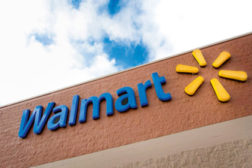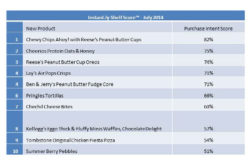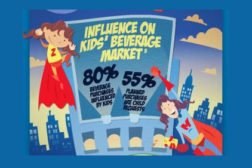Home » consumer and retailer trends
Articles Tagged with ''consumer and retailer trends''
Consumer packaged goods companies must plan for a digital future
New report prepared for GMA by BCG, Google, and IRI highlights benefits for early movers as industry approaches a digital tipping point
September 3, 2014
Frozen meatball brand to launch upgraded design and nutritional improvement
Nate’s to reveal new product packaging and non-GMO label
August 19, 2014
Key predictor of consumer intent to purchase newest CPG products debuts
Inaugural monthly index focuses on CPG grocery
August 14, 2014
Private label groceries growing in popularity
According to Market Force study, milk, cheese and chips are most prevalent private label purchases
June 20, 2014
More Americans choosing foods, beverages based on healthfulness
Survey also shows fewer than 1 in 4 having “emotional” conversations about food
June 3, 2014
Digital commerce remains a largely untapped opportunity for consumer packaged goods companies
Only 43% of Surveyed CPG executives think their company has a clear, well-understood strategy
December 5, 2013
GenZ kids have their say in the beverage aisles, and it’s often NO
Here’s how brand marketers can help.
October 3, 2013
Keep the info flowing with our eNewsletters!
Get the latest industry updates tailored your way.
JOIN TODAY!Copyright ©2025. All Rights Reserved BNP Media.
Design, CMS, Hosting & Web Development :: ePublishing







